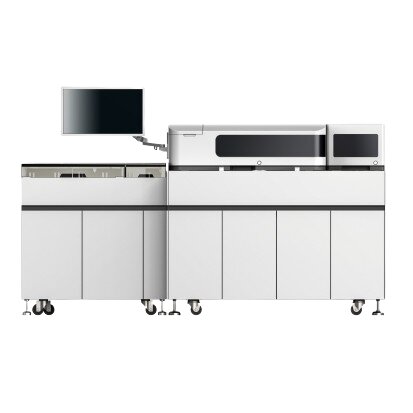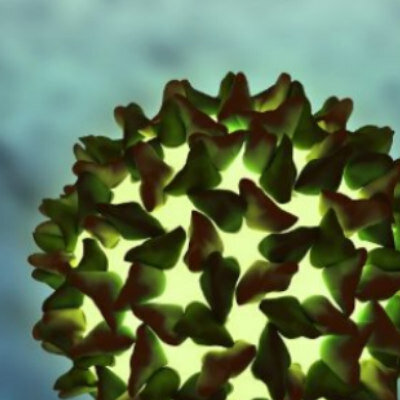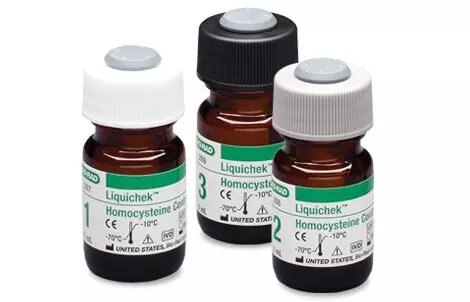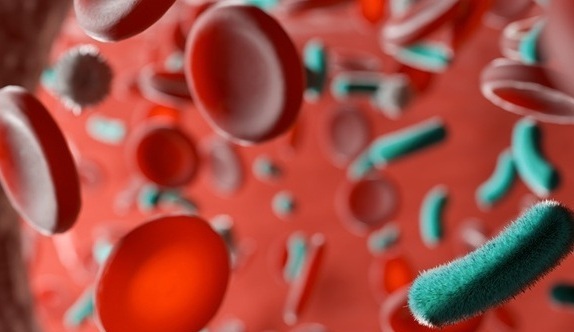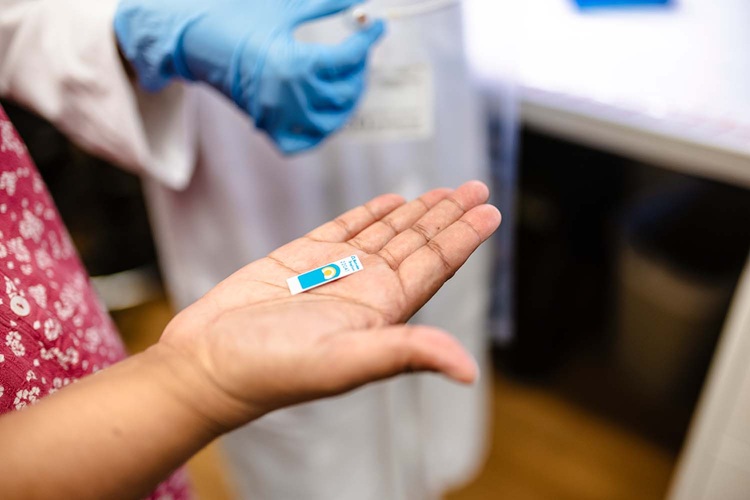New Test Rapidly Detects Trace Pesticides in Foods
|
By LabMedica International staff writers Posted on 20 Nov 2009 |
A "dipstick” test to identify small amounts of pesticides in foods and beverages produces results in minutes rather than hours, by means of a color changing paper-strip.
Researchers at McMaster University (Hamilton, ON, USA) developed the reagent-less, bioactive paper-based solid-phase biosensor, which can be used for the detection of acetylcholinesterase (AChE) inhibitors, which include organophosphate pesticides. The assay strip is composed of a paper support strip, onto which AChE and a chromogenic substrate, indophenyl acetate (IPA) are entrapped using biocompatible sol-gel derived silica inks in two different zones (the sensing and substrate zones). The assay protocol involves first introducing the sample to the sensing zone via lateral flow of a pesticide-containing solution. Following an incubation period, the opposite end of the paper support is placed into distilled deionized water (ddH2O) to allow lateral flow in the opposite direction, thus moving the paper-bound IPA to the sensing area and initiating enzyme catalyzed hydrolysis of the substrate, which causes a yellow-to-blue color change.
The modified sensor is able to detect pesticides without the use of any external reagents, with excellent detection limits and rapid response times of approximately five minutes. In field tests, the sensor strip showed negligible matrix effects in the detection of pesticides in spiked milk and apple juice samples. Bioactive paper-based assays on pesticide residues collected from food samples showed good agreement with a conventional mass spectrometric assay method. The study describing the biosensor was published in the November 1, 2009, issue of Analytical Chemistry.
"The bioactive paper assay should, therefore, be suitable for rapid screening of trace levels of organophosphate and carbamate pesticides in environmental and food samples,” concluded lead author John Brennan, Ph.D., and colleagues of the department of chemistry and chemical biology.
Conventional tests for detecting pesticides tend to use complex mass spectrographic equipment, and in some cases can take several hours to produce results. A growing need for cheaper, more convenient, and more eco-friendly tests for pesticides is being seen, particularly in the food industry and in developing countries or remote areas that may lack access to expensive testing equipment and electricity.
Related Links:
McMaster University
Researchers at McMaster University (Hamilton, ON, USA) developed the reagent-less, bioactive paper-based solid-phase biosensor, which can be used for the detection of acetylcholinesterase (AChE) inhibitors, which include organophosphate pesticides. The assay strip is composed of a paper support strip, onto which AChE and a chromogenic substrate, indophenyl acetate (IPA) are entrapped using biocompatible sol-gel derived silica inks in two different zones (the sensing and substrate zones). The assay protocol involves first introducing the sample to the sensing zone via lateral flow of a pesticide-containing solution. Following an incubation period, the opposite end of the paper support is placed into distilled deionized water (ddH2O) to allow lateral flow in the opposite direction, thus moving the paper-bound IPA to the sensing area and initiating enzyme catalyzed hydrolysis of the substrate, which causes a yellow-to-blue color change.
The modified sensor is able to detect pesticides without the use of any external reagents, with excellent detection limits and rapid response times of approximately five minutes. In field tests, the sensor strip showed negligible matrix effects in the detection of pesticides in spiked milk and apple juice samples. Bioactive paper-based assays on pesticide residues collected from food samples showed good agreement with a conventional mass spectrometric assay method. The study describing the biosensor was published in the November 1, 2009, issue of Analytical Chemistry.
"The bioactive paper assay should, therefore, be suitable for rapid screening of trace levels of organophosphate and carbamate pesticides in environmental and food samples,” concluded lead author John Brennan, Ph.D., and colleagues of the department of chemistry and chemical biology.
Conventional tests for detecting pesticides tend to use complex mass spectrographic equipment, and in some cases can take several hours to produce results. A growing need for cheaper, more convenient, and more eco-friendly tests for pesticides is being seen, particularly in the food industry and in developing countries or remote areas that may lack access to expensive testing equipment and electricity.
Related Links:
McMaster University
Latest Clinical Chem. News
- POC Breath Diagnostic System to Detect Pneumonia-Causing Pathogens
- Online Tool Detects Drug Exposure Directly from Patient Samples
- Chemical Imaging Probe Could Track and Treat Prostate Cancer
- Mismatch Between Two Common Kidney Function Tests Indicates Serious Health Problems
- VOCs Show Promise for Early Multi-Cancer Detection
- Portable Raman Spectroscopy Offers Cost-Effective Kidney Disease Diagnosis at POC
- Gold Nanoparticles to Improve Accuracy of Ovarian Cancer Diagnosis
- Simultaneous Cell Isolation Technology Improves Cancer Diagnostic Accuracy
- Simple Non-Invasive Hair-Based Test Could Speed ALS Diagnosis
- Paper Strip Saliva Test Detects Elevated Uric Acid Levels Without Blood Draws
- Prostate Cancer Markers Based on Chemical Make-Up of Calcifications to Speed Up Detection
- Breath Test Could Help Detect Blood Cancers
- ML-Powered Gas Sensors to Detect Pathogens and AMR at POC
- Saliva-Based Cancer Detection Technology Eliminates Need for Complex Sample Preparation
- Skin Swabs Could Detect Parkinson’s Years Before Symptoms Appear
- New Clinical Chemistry Analyzer Designed to Meet Growing Demands of Modern Labs

Channels
Clinical Chemistry
view channel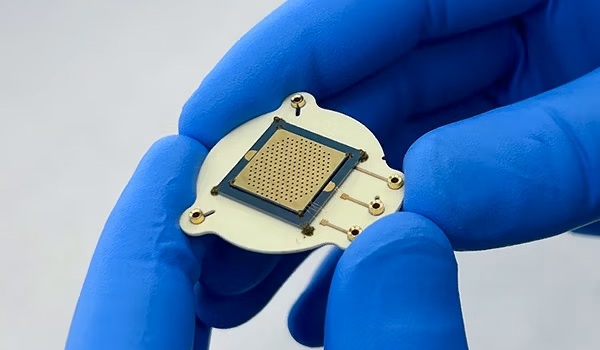
POC Breath Diagnostic System to Detect Pneumonia-Causing Pathogens
Pseudomonas aeruginosa is a major cause of hospital-acquired and ventilator-associated pneumonia, particularly in lung transplant recipients and patients with structural lung disease. Its ability to form... Read more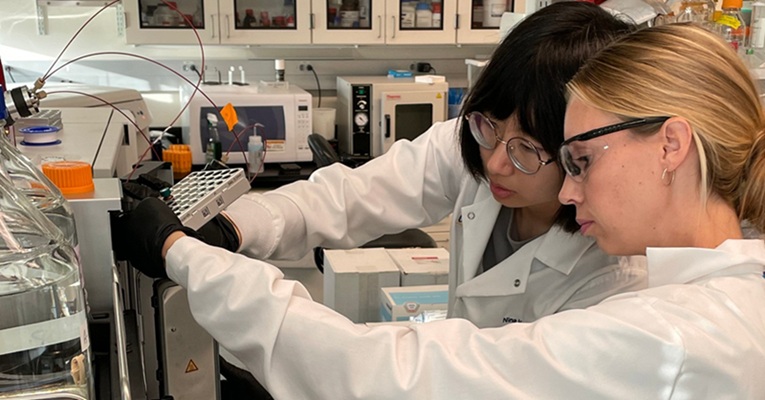
Online Tool Detects Drug Exposure Directly from Patient Samples
Doctors often rely on patient interviews and medical records to determine what medications a person has taken, but this information is frequently incomplete. People may forget drugs they used, take over-the-counter... Read moreMolecular Diagnostics
view channel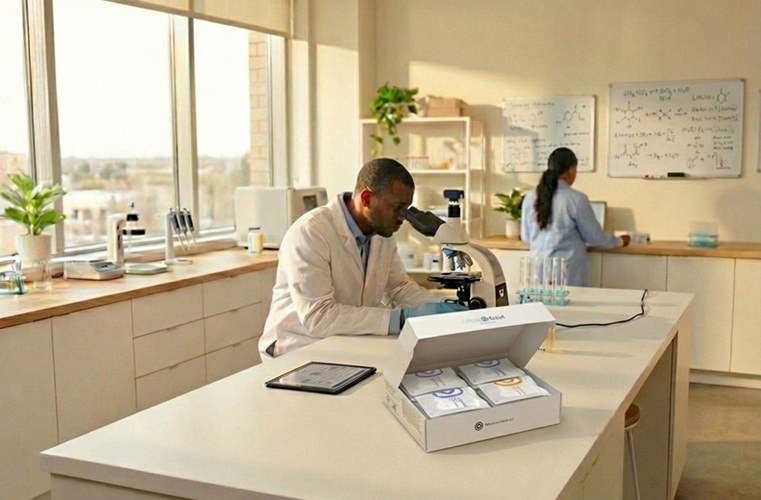
STI Molecular Test Delivers Rapid POC Results for Treatment Guidance
An affordable, rapid molecular diagnostic for sexually transmitted infections (STIs) has the potential to be globally relevant, particularly in resource-limited settings where rapid, point-of-care results... Read more
Blood Biomarker Improves Early Brain Injury Prognosis After Cardiac Arrest
After a cardiac arrest, many patients remain unconscious for days, leaving doctors and families facing uncertainty about whether meaningful recovery is possible. Current tools to assess brain damage, including... Read more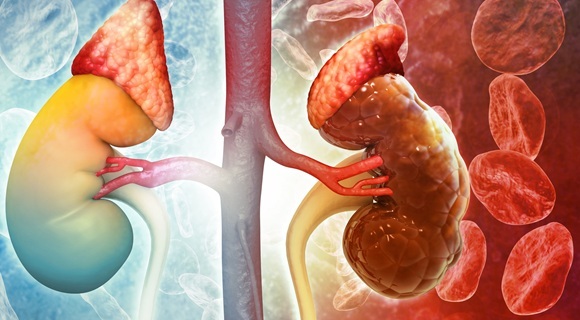
Biomarkers Could Identify Patients at High Risk of Severe AKI After Major Surgery
Acute kidney injury is one of the most common and dangerous complications after major surgery, particularly among patients in intensive care. Even mild impairment of kidney function can lead to long-term... Read more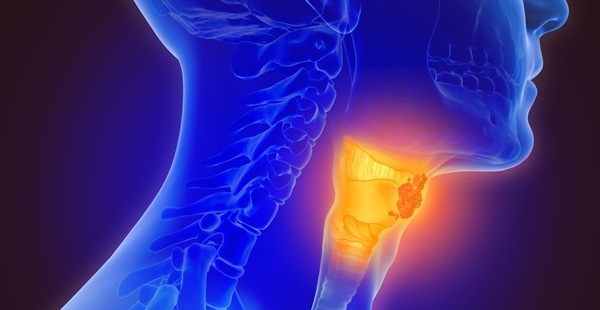
CLIA Test Identifies Head and Neck Cancer Recurrence from Post-Surgical Lymphatic Fluid
While the lymphatic system’s critical role in metastasis has long been recognized, routine access to patient lymph has been elusive. Now, a non-invasive process can access lymph through the collection... Read moreHematology
view channel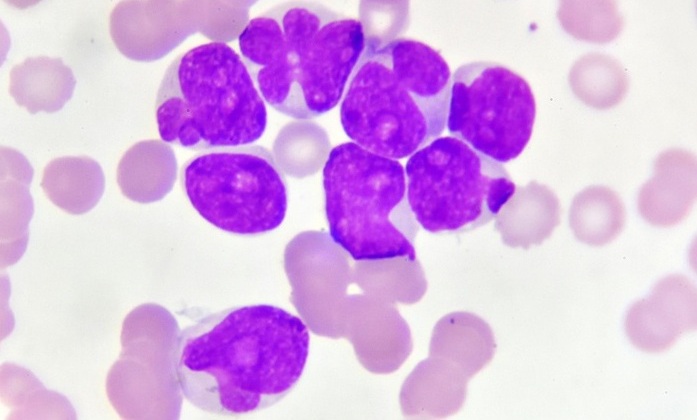
MRD Tests Could Predict Survival in Leukemia Patients
Acute myeloid leukemia is an aggressive blood cancer that disrupts normal blood cell production and often relapses even after intensive treatment. Clinicians currently lack early, reliable markers to predict... Read more
Platelet Activity Blood Test in Middle Age Could Identify Early Alzheimer’s Risk
Early detection of Alzheimer’s disease remains one of the biggest unmet needs in neurology, particularly because the biological changes underlying the disorder begin decades before memory symptoms appear.... Read more
Microvesicles Measurement Could Detect Vascular Injury in Sickle Cell Disease Patients
Assessing disease severity in sickle cell disease (SCD) remains challenging, especially when trying to predict hemolysis, vascular injury, and risk of complications such as vaso-occlusive crises.... Read more
ADLM’s New Coagulation Testing Guidance to Improve Care for Patients on Blood Thinners
Direct oral anticoagulants (DOACs) are one of the most common types of blood thinners. Patients take them to prevent a host of complications that could arise from blood clotting, including stroke, deep... Read moreImmunology
view channel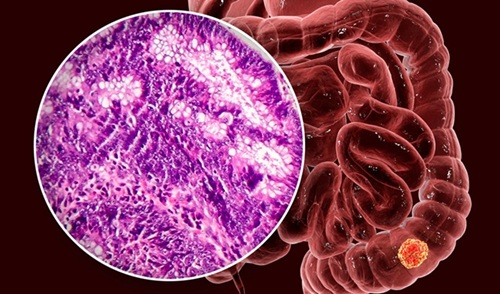
Blood Test Could Identify Colon Cancer Patients to Benefit from NSAIDs
Colon cancer remains a major cause of cancer-related illness, with many patients facing relapse even after surgery and chemotherapy. Up to 40% of people with stage III disease experience recurrence, highlighting... Read moreBlood Test Could Detect Adverse Immunotherapy Effects
Immune checkpoint inhibitors have transformed cancer treatment, but they can also trigger serious immune-related adverse events that damage healthy organs and may become life-threatening if not detected early.... Read moreMicrobiology
view channel
Breakthroughs in Microbial Analysis to Enhance Disease Prediction
Microorganisms shape human health, ecosystems, and the planet’s climate, yet identifying them and understanding how they are related remains a major scientific challenge. Even with modern DNA sequencing,... Read more
Blood-Based Diagnostic Method Could Identify Pediatric LRTIs
Lower-respiratory tract infections (LRTIs) are a leading cause of illness and death worldwide, and pneumonia is the leading infectious cause of death in children under five, claiming the lives of over... Read morePathology
view channel
Rapid Low-Cost Tests Can Prevent Child Deaths from Contaminated Medicinal Syrups
Medicinal syrups contaminated with toxic chemicals have caused the deaths of hundreds of children worldwide, exposing a critical gap in how these products are tested before reaching patients.... Read more
Tumor Signals in Saliva and Blood Enable Non-Invasive Monitoring of Head and Neck Cancer
Head and neck cancers are among the most aggressive malignancies worldwide, with nearly 900,000 new cases diagnosed each year. Monitoring these cancers for recurrence or relapse typically relies on tissue... Read more
Common Health Issues Can Influence New Blood Tests for Alzheimer’s Disease
Blood-based tests for Alzheimer’s disease are transforming diagnosis by offering a simpler alternative to spinal taps and brain imaging. However, many people evaluated at memory clinics also live with... Read more
Blood Test Formula Identifies Chronic Liver Disease Patients with Higher Cancer Risk
Chronic liver disease affects millions worldwide and can progress silently to hepatocellular carcinoma (HCC), one of the deadliest cancers globally. While surveillance guidelines exist for patients with... Read moreTechnology
view channel
Machine Learning Models Diagnose ALS Earlier Through Blood Biomarkers
Amyotrophic lateral sclerosis (ALS) is a rapidly progressive neurodegenerative disease that is notoriously difficult to diagnose in its early stages. Early symptoms often overlap with other neurological... Read more
Artificial Intelligence Model Could Accelerate Rare Disease Diagnosis
Identifying which genetic variants actually cause disease remains one of the biggest challenges in genomic medicine. Each person carries tens of thousands of DNA changes, yet only a few meaningfully alter... Read moreIndustry
view channel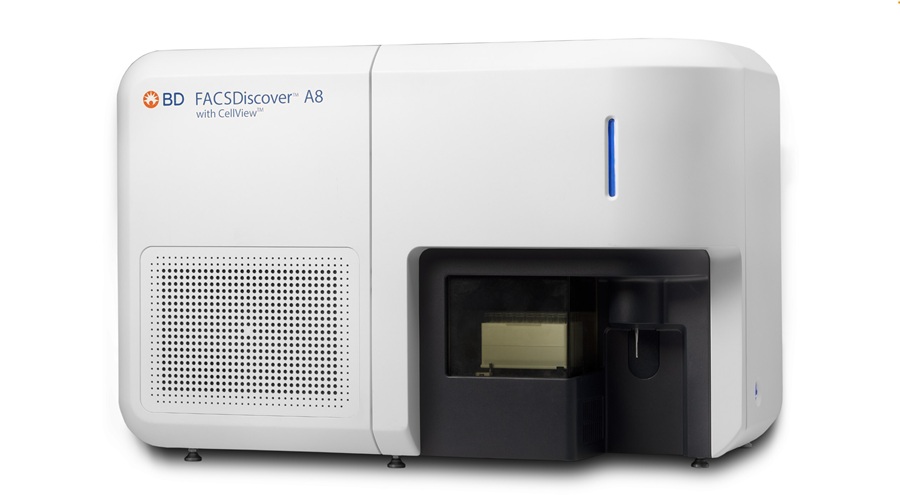
BD and Penn Institute Collaborate to Advance Immunotherapy through Flow Cytometry
BD (Becton, Dickinson and Company, Franklin Lakes, NJ, USA) has entered into a strategic collaboration with the Institute for Immunology and Immune Health (I3H, Philadelphia, PA, USA) at the University... Read more




